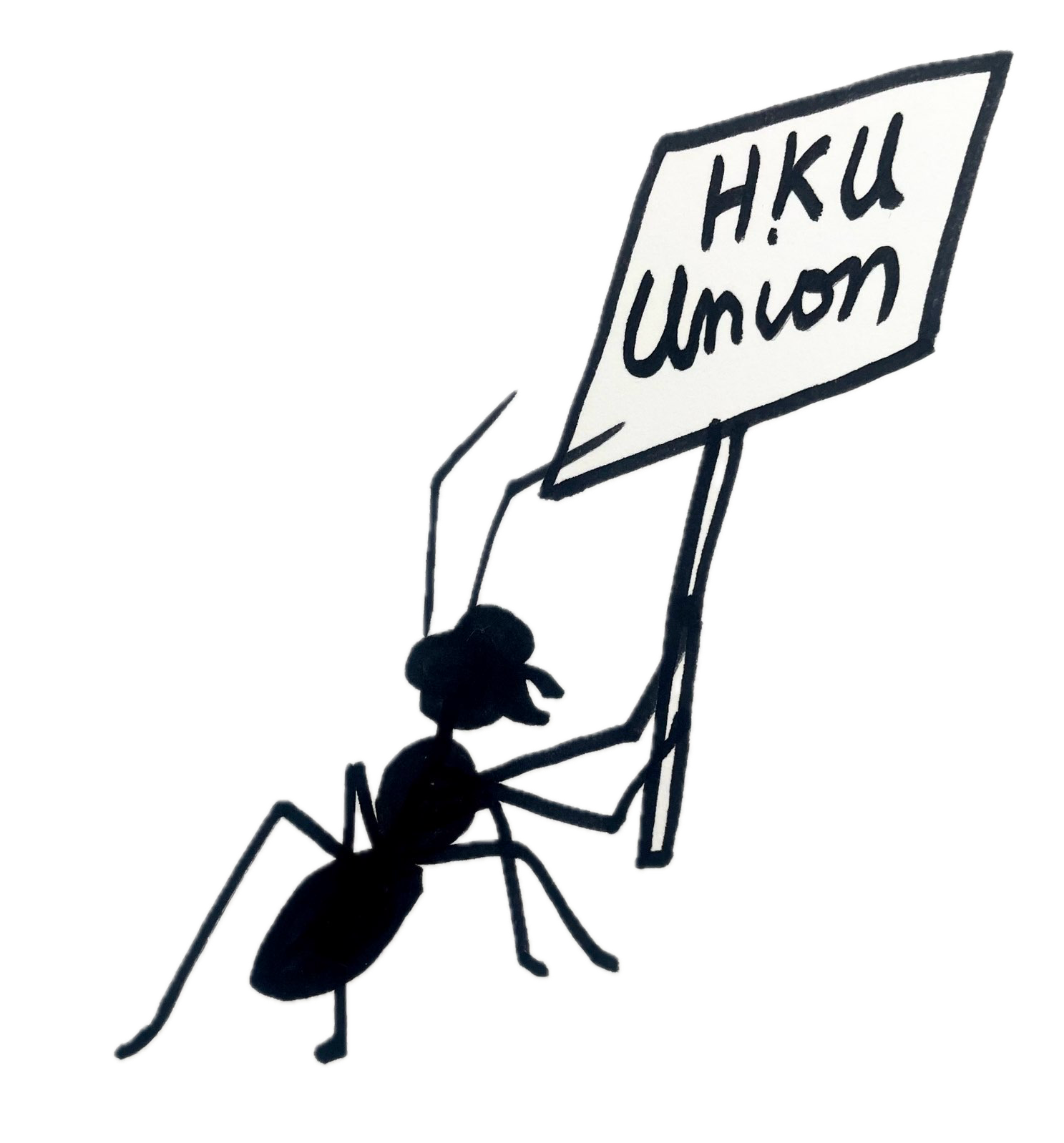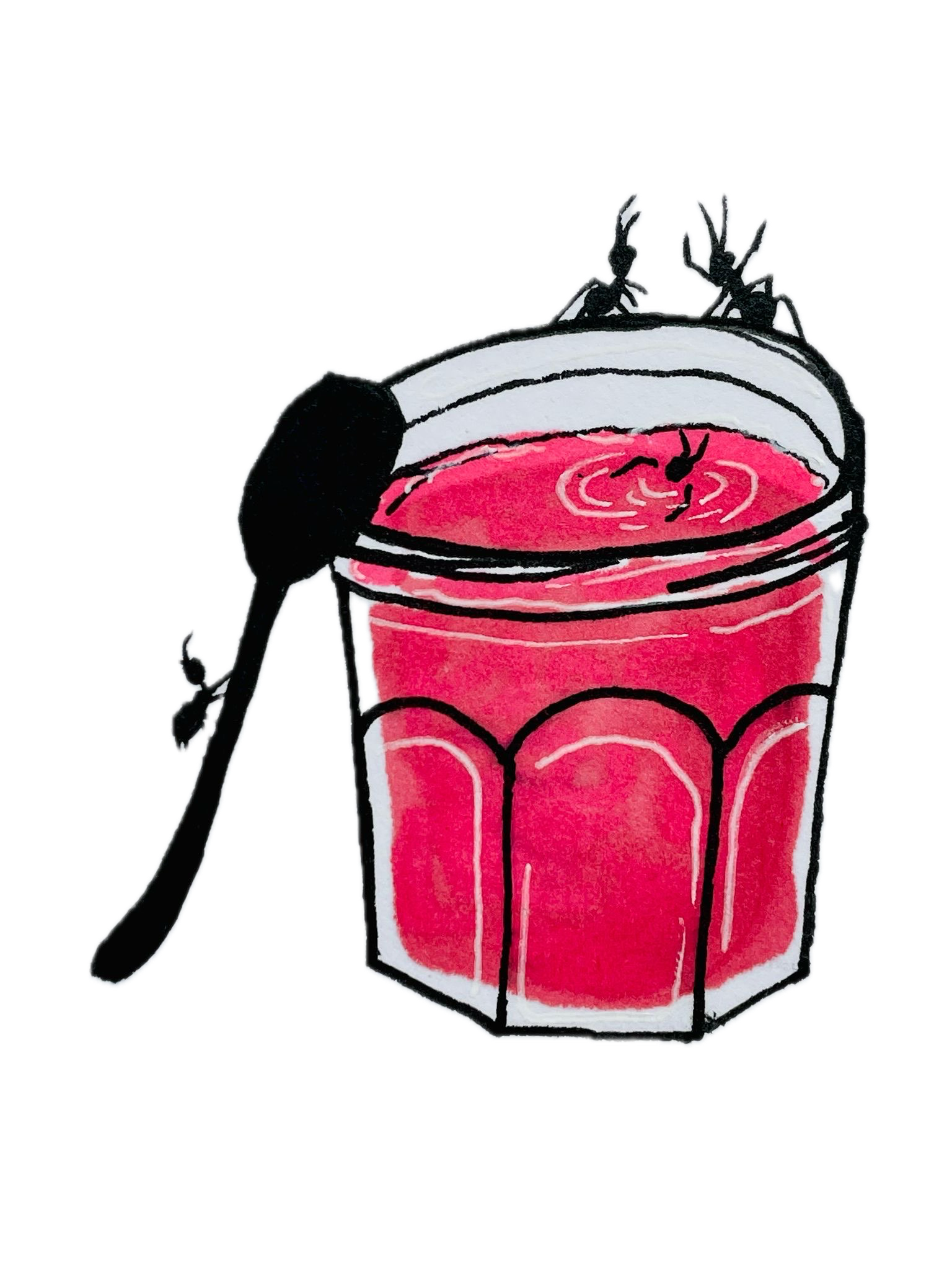The intersection of institutional racism and the Board’s neutrality in times of genocide
Since the founding of the HKU student union there have been several issues that have occupied our attention. These subjects are however not disconnected or separate. There are overarching, fundamental problems with the way our school is run that can be ascribed to the decision-making process of the Board (CvB). Some examples of this are the general lack of transparency around the board’s decision-making, and the absence of meaningful consultation with students and teachers that make up our HKU community. The latter issue contains within it a more damning problem: HKU-policy is written and executed from an overwhelmingly white perspective.
The media faculty at Oudenoord has recently encountered this problem directly, after a teacher handed in their resignation citing institutional racism as the cause for their departure. The racism this teacher experienced is however not limited to a single faculty, and cannot be ascribed to a number of specific, clean-cut incidents. The very point of citing institutional racism is that the racism is indeed institutional: the very systems and cultures that make up HKU-life function in such a way as to produce racist outcomes.
The white perspective, and (artistic) expressions of it, are perceived as “standard,” and anything that deviates from that is perceived as “other.” This is not a conscious, malicious thing deliberately done by white people – it’s a subtle thing, hidden in dominant perceptions of what is acceptable behaviour and (artistic) expression. Due to this, people of color experience more setbacks than their white peers and are not heard when they bring this up – at least not in a way that changes anything. The fact that this phenomenon takes place within well-established foundations of a society or institution makes it less observed and condemned. (Carmichael & Hamilton, 1967).
The responsibility of bringing these issues to public attention usually falls upon people of color, who are often completely alone experiencing institutional. Bringing up these subtle forms of racism is a gruelling process. On the one hand, institutional racism often takes the form of a range of small, difficult to point-out incidents that accumulate. These occurrences are not always completely tangible to someone who never experiences institutional racism, as this often takes place in the form of these micro-aggressions. On the other hand, it has become apparent that students and staff of color who put their energy into bringing this system to public attention are often not taken seriously. The subject matter becomes a forgotten or postponed point in meetings, empty statements are made and promises remain unkept. It makes complete sense that students and teachers of color retain less and less energy to keep bringing up institutional racism, when they have to do all this work just to end up talking to a wall. The result is that students and teachers of color stand alone in their struggle to be heard, making them feel alone and isolated.
The institutional racism within HKU can also be felt in the way the Board conducts itself regarding Israel’s genocide in Palestine. The lack of recognition for the ideologically racist nature of the genocide and the lack of urgency in taking action to prevent any form of complicity on behalf of HKU, points to an emotional distance from the Palestinian people. This distance can only result from a privileged perspective, a perspective that has never felt systemic oppression, and doesn’t want to listen when it is explained. The board claims to protect students’ safety, by freezing its ties with Bezalel Academy of Arts and Design, for example. This supposed guarantee of safety is done through a proclamation of neutrality, which calls into question which students you’re protecting by proclaiming neutrality towards genocide. When students and staff of color keep patiently bringing up the fact that they feel unsafe and uncomfortable working for a school that wishes to remain neutral at all costs, the board keeps proclaiming that all students should feel safe. This shows a privileged perspective from which the safety of people of color is perceived as less important than that of white people.
The firm commitment to neutrality during times of genocide is a strategic means to retain the status quo, in which certain narratives are prioritised compared to others. Ziadah (2025) wrote about the ways in which retaining neutrality as a university directly contributes towards maintaining systems of oppression.
“The university’s claim to neutrality operates as both a political choice and a mechanism for maintaining the status quo, where dissent is framed as disruptive rather than a necessary part of transformative enquiry.” (p. 243)
Ziadah argues that neutrality towards the genocide in Gaza contributes towards conserving ideologies that make the genocidal violence possible.
“It reinforces the structural hierarchies that dehumanise Palestinians, presenting their struggle for liberation as an unacceptable deviation from the norms of academic discourse.”
Additionally, the Board’s neutrality is underlined by their call for “dialogue.” Ziadah writes that by placing this emphasis on creating a dialogue, you enforce the idea that the struggle for Palestinian liberation is a “conflict,” in which both sides are seen as equal, where a dialogue can facilitate connection and reconciliation. Through doing this, the historical and political context of oppression is erased and reduced to a “cultural and interpersonal conflict.”
“The Palestinian struggle is not simply a disagreement between two communities: it is a struggle against settler colonialism, systemic dispossession and state-sanctioned violence. By ignoring these dynamics, calls for balance and dialogue present a distorted picture of the situation, effectively erasing the structural realities that define it.” (p. 246)
The Board’s attitude towards the genocide and the ways in which institutional racism permeates all facets of the HKU go hand in hand. The lack of transparency and the dominating culture of a white, privileged perspective create a climate in which staff and students of color are harmed by institutional racism, in which certain (white) narratives are prioritised under the guise of safety in order to evade awkwardness and feelings of guilt. The Board does this by making empty PR-statements and constantly emphasising how important “dialogue” is to talk about “how we can connect with each other regarding societal issues.” If HKU really wants to be a safe place for all their students and staff, and wishes to maintain that “art pre-eminently questions society” then it’s time for the board to start truly listening to its students and staff of color, by actually implementing their suggestions.
It’s the only way forward.
Sources
Carmichael, S., & Hamilton, C. V. (1967). Black Power: Politics of Liberation (November 1992 ed.). New York City: Vintage Books, 4. Ziadah, R. (2025). Genocide, neutrality and the university sector. The Sociological Review, 73(2), 241-248. https://journals.sagepub.com/doi/full/10.1177/00380261251321336
*For dutch version click here
 About
Calendar
Articles
Join
Contact
Archive
About
Calendar
Articles
Join
Contact
Archive